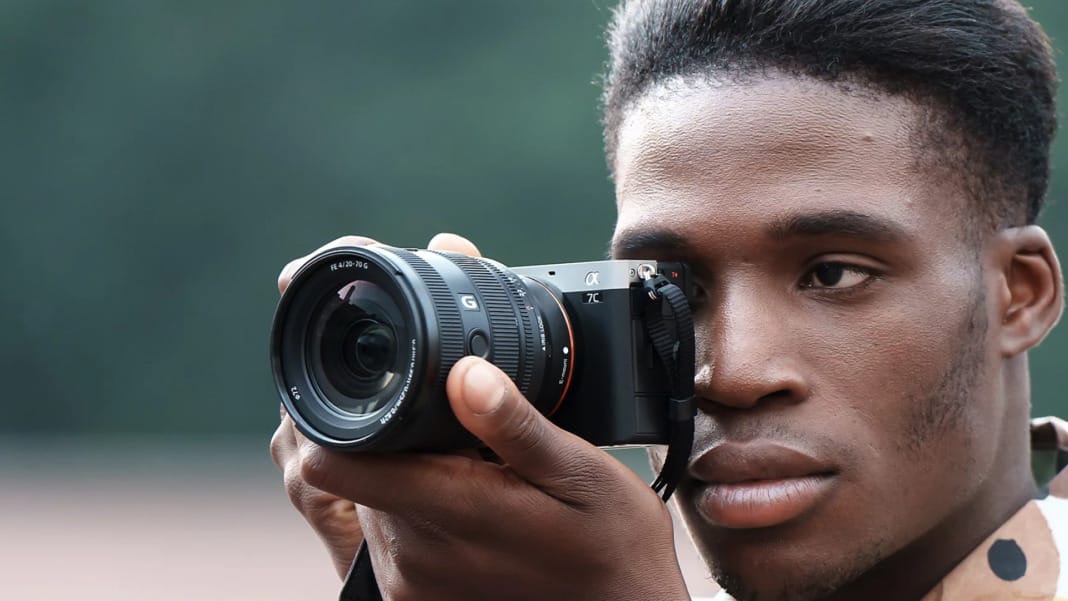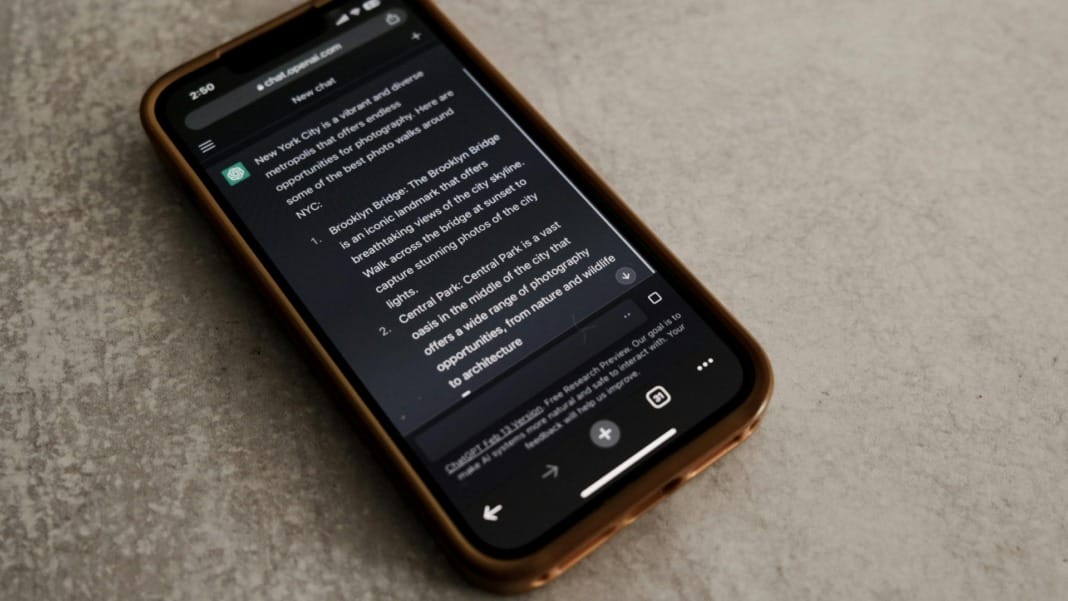Sony’s α7C II continues the brand’s focus on shrinking full-frame power into something far more manageable than your average mirrorless camera. Aimed at hybrid creators, those who shoot both stills and video, this model offers a clear upgrade over its predecessor while retaining the compact size that made the original so popular. It fits a 33MP sensor and advanced autofocus features powered by AI into a sleek body, ticking the right boxes for casual photographers and seasoned professionals alike.
The α7C II is about making high-end image quality more accessible in day-to-day shooting. Whether you’re capturing street scenes in Bangkok, portraits in Manila, or short films around Singapore, this camera is designed to get out of your way and let you focus on your craft.
Sony has also paid close attention to usability. There’s a noticeable improvement in handling, user interface, and video features, with several tricks borrowed from the brand’s more expensive cameras. The addition of AI-based framing and autofocus, for example, brings smarter tracking into a consumer-friendly package.
Still, what matters most is how it holds up in real-world situations, where you’re not pixel-peeping but just trying to get the shot before it’s gone. And in that space, the α7C II has a lot to prove.
Clean design with clever controls
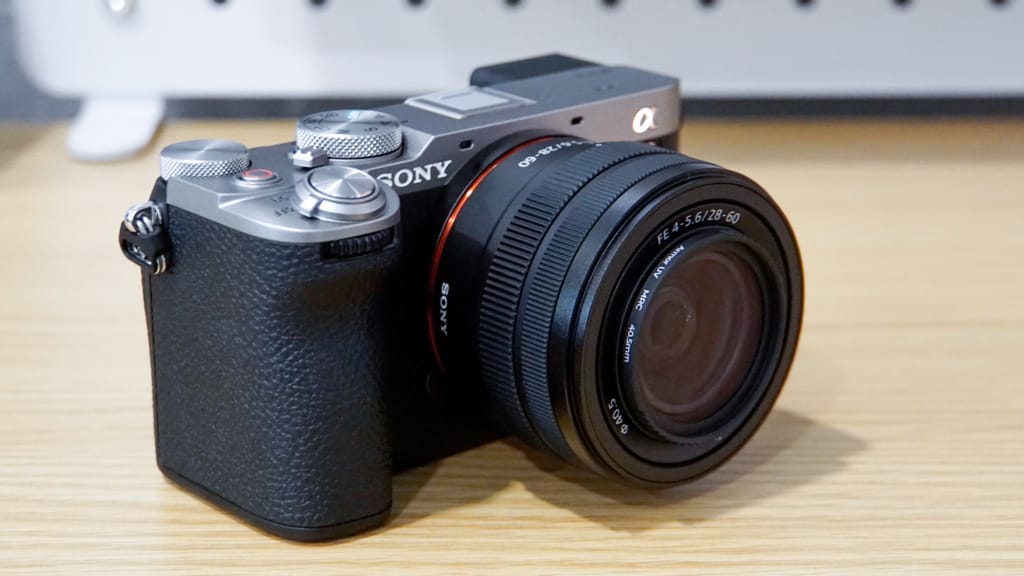
Sony has refined the look and feel of the α7C II to balance discreet elegance and practical control. The camera has a flat, rangefinder-style silhouette rather than a traditional DSLR hump, which makes it look understated and modern. It’s available in black or silver, with subtle branding and a clean layout that complements its minimalist design.
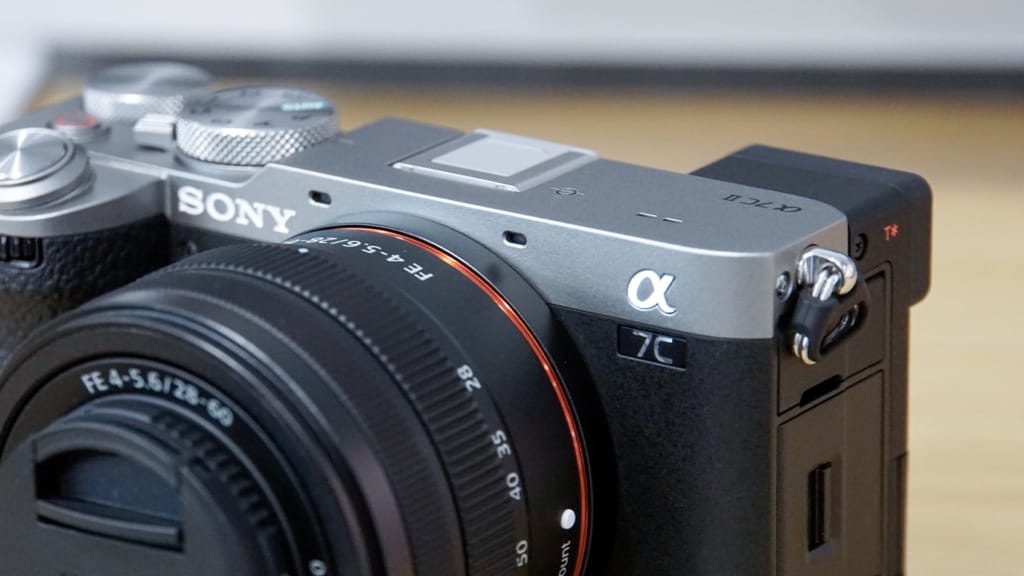
Despite its compact appearance, the α7C II is still very much a professional-grade tool. The body measures 124mm wide, 71.1mm tall, and 63.4mm deep — a touch deeper than the original α7C to allow for a better grip. The buttons and dials have also been rethought. A new Still/Movie/S&Q switch now sits next to the mode dial, making it easy to switch between formats without fiddling through menus.
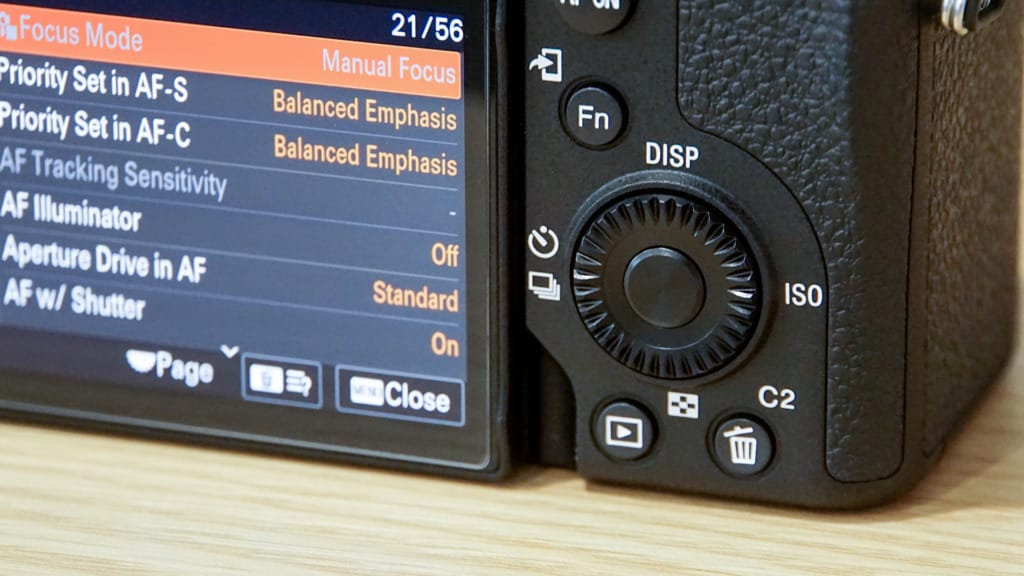
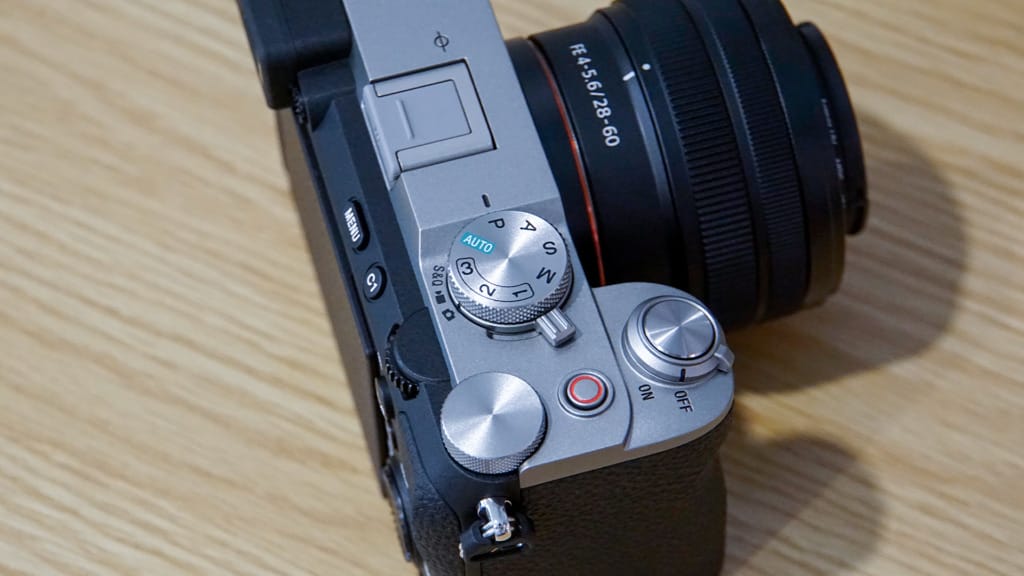
The rear layout is familiar to Sony users. You get a directional joystick, a responsive touch screen, and marked function buttons. Everything feels where it should be, although some may find the size of the controls a little cramped — a necessary compromise given the body size. Still, tactile feedback is solid, and the top dials offer enough resistance to prevent accidental bumps.
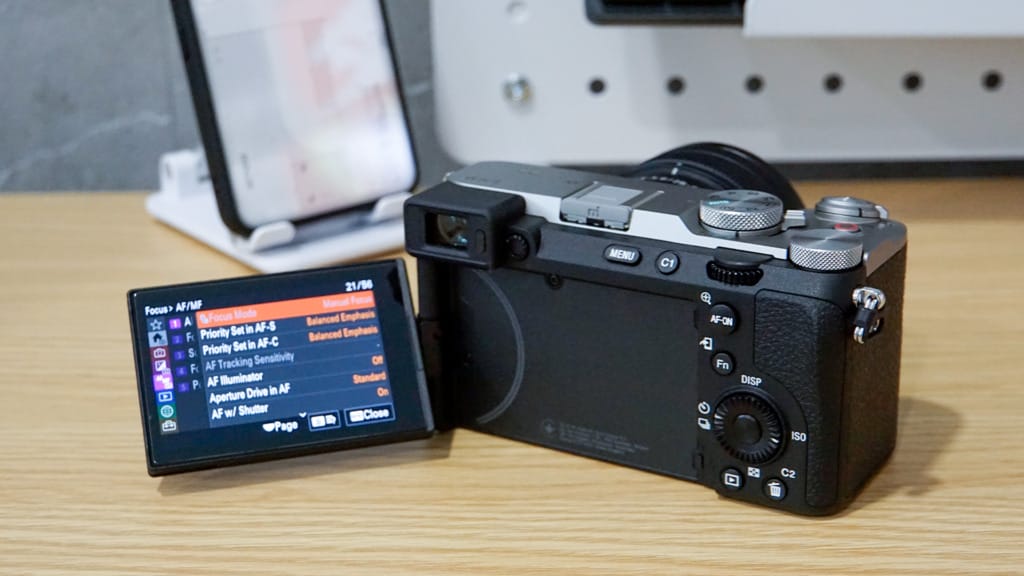
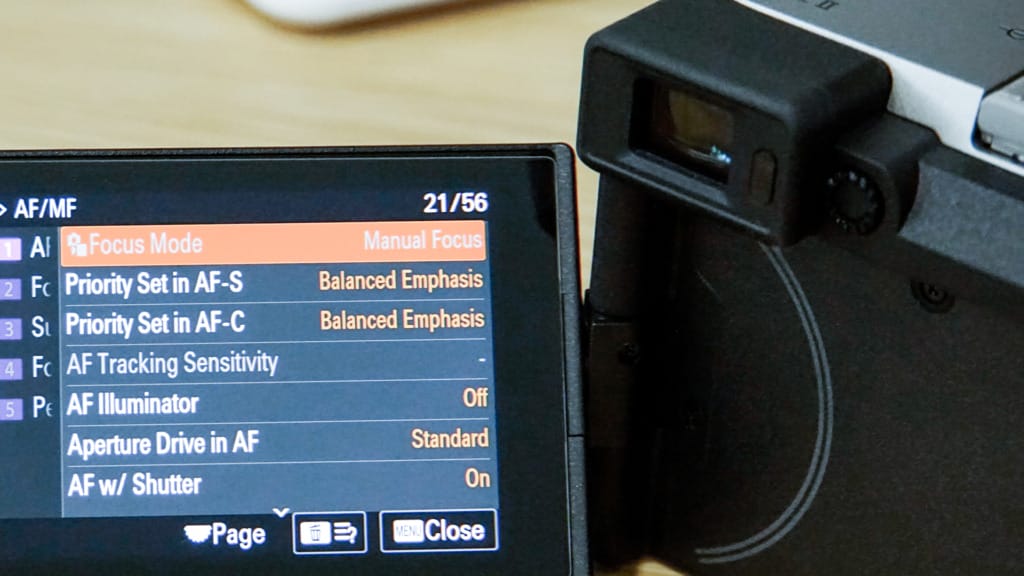
The vari-angle screen on the back is bright, sharp, and easy to use in sunlight. It flips out and rotates, perfect for low-angle shots or filming yourself. Sony’s newer menu system, combined with a fully touch-enabled interface, makes navigating settings less frustrating than before, especially for newcomers who don’t want to rely solely on physical buttons.
Small size, serious portability
If there’s one area where the α7C II excels without debate, it’s portability. This full-frame camera can be used not just in your backpack but also in a crossbody bag or coat pocket. Weighing approximately 514 grams with battery and memory card, it’s significantly lighter than most full-frame competitors on the market today. This lightweight approach makes it particularly appealing for street photography, travel vlogs, or even day-long shooting events. You don’t feel weighed down, and because of its smaller profile, you’re far less likely to draw attention when capturing candid moments. That can make all the difference in public settings or when working with unposed subjects.
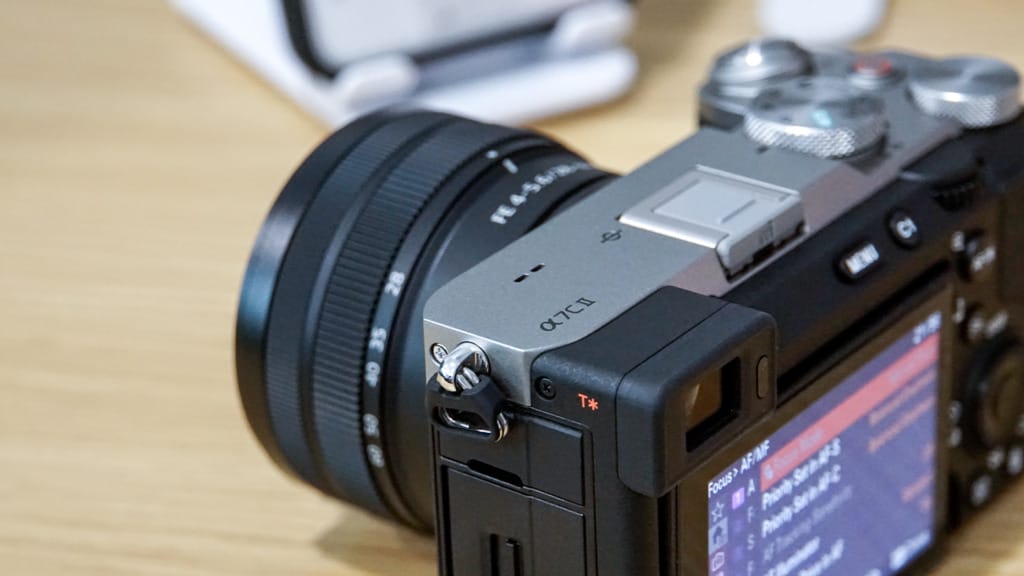
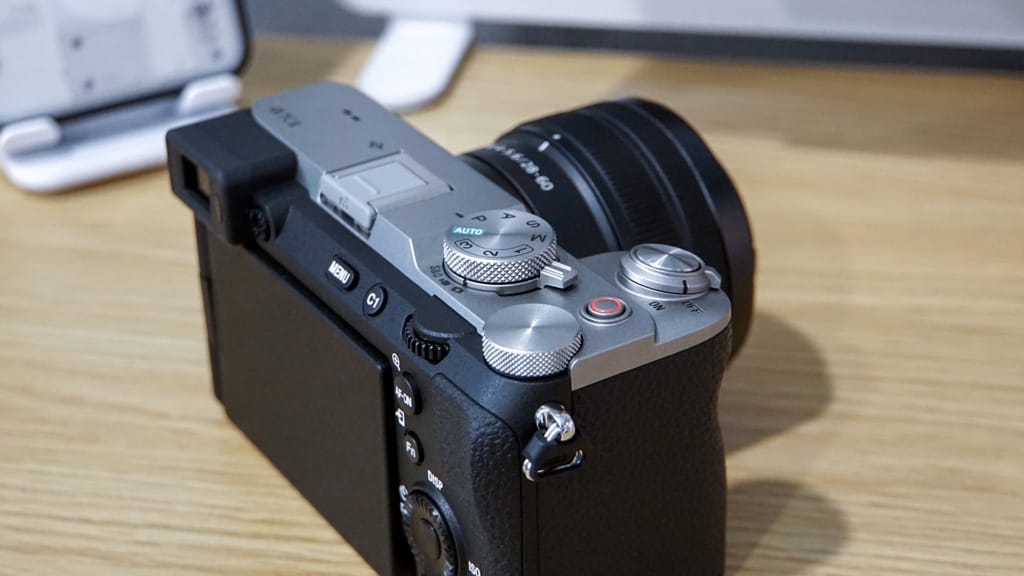
The camera pairs exceptionally well with Sony’s compact 28–60mm kit lens, maintaining the lightweight philosophy. Even when combined with larger lenses like a 24–70mm f/2.8, the body helps balance the load. It’s not featherlight at that point, but it’s still easier to handle than most traditional DSLRs or other mirrorless setups. Durability hasn’t been sacrificed in the name of size. The α7C II has a magnesium alloy chassis and includes weather sealing at critical points. This means you can take it out in less-than-ideal conditions without babying it. While it’s not fully weatherproof, it handles light rain or dust without fuss, which matters when shooting outdoors across Southeast Asia’s unpredictable climates.
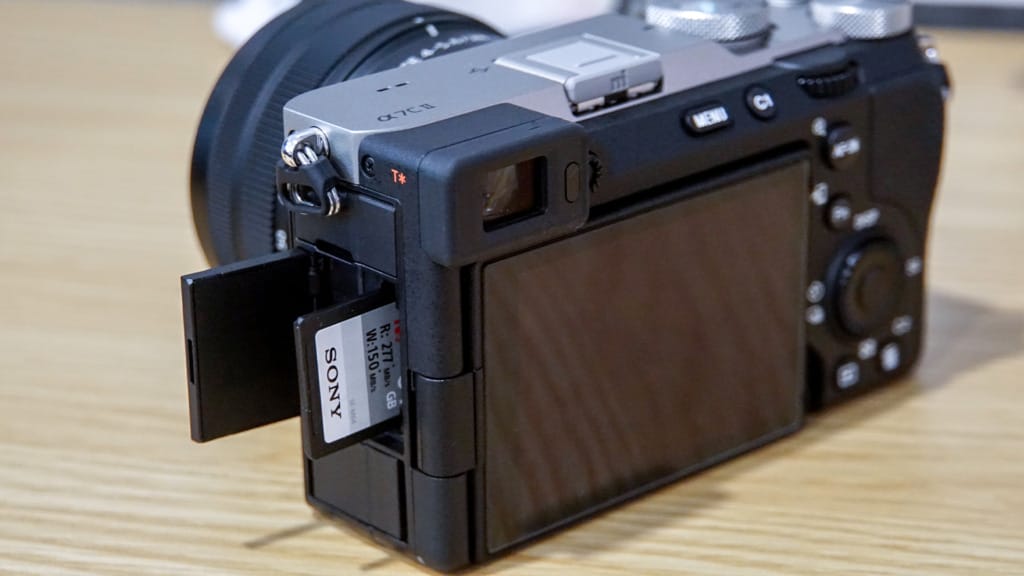
Fast, smart, and stable performance
Under the hood, the α7C II is powered by Sony’s BIONZ XR engine, the same processing unit found in much higher-end cameras in the Alpha series. The performance boost is immediately noticeable. Everything feels snappy and reliable, from start-up time to image preview and menu responsiveness.
Autofocus is where the α7C II shows its edge. With 759 phase-detection points for stills and 627 for video, plus AI-powered subject recognition, it can track humans, animals, birds, and even vehicles with remarkable precision. The human pose estimation feature is particularly impressive, tracking a subject’s body and head even when turned away or partially obscured. In real-world use, this translates into more usable shots, especially during unpredictable or fast-paced scenes.
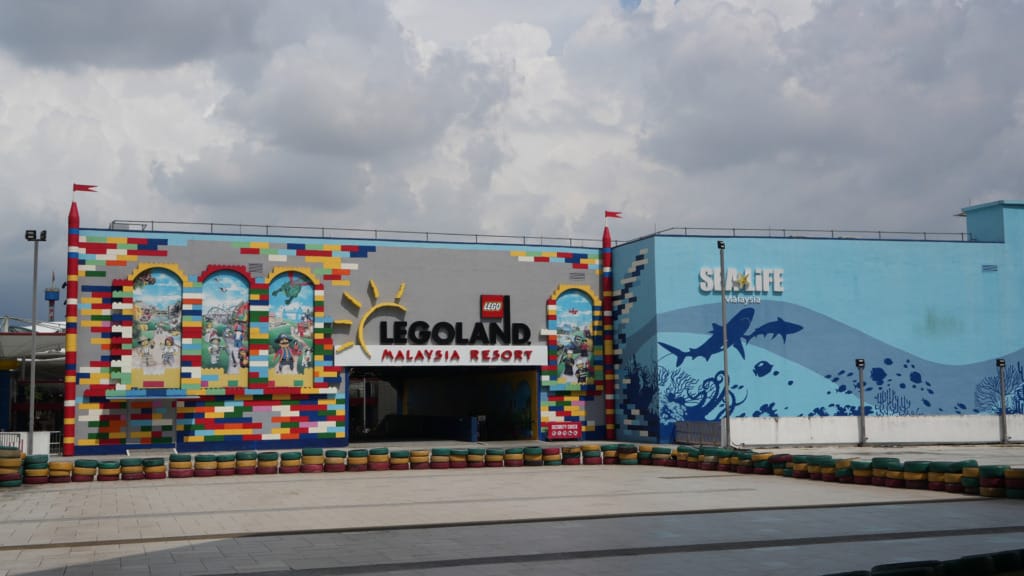

Image quality is top-tier for a camera this size. The 33MP sensor produces detailed, vibrant photos with plenty of dynamic range. Colours are well-rendered out of the box, and skin tones look natural. The noise handling is also excellent, clean up to ISO 6400 and still very usable beyond that. This is a camera you can count on without reaching for a flash for low-light photography.
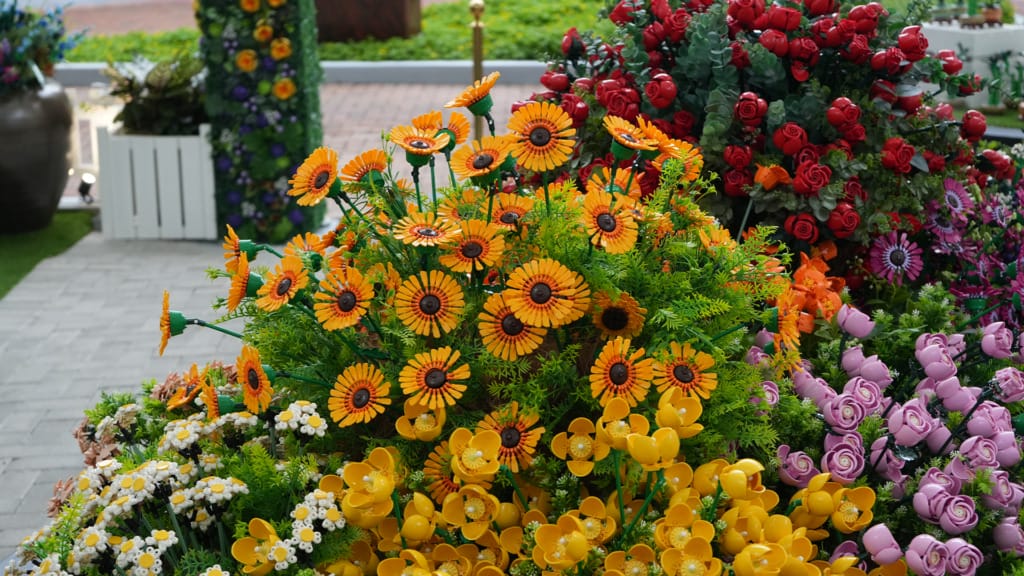
These images, taken at LEGOLAND Malaysia, demonstrate how capable the α7C II is in varied shooting conditions. From the brightly coloured brick structures in direct sunlight to the intricately assembled LEGO flowers and miniature food scenes, the camera delivers consistent sharpness and accurate colour tones.
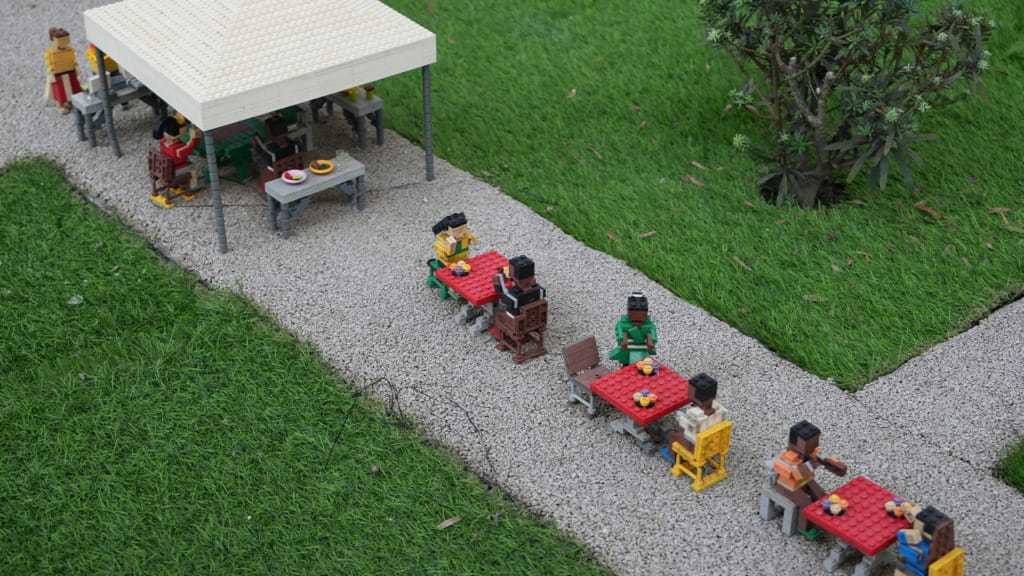
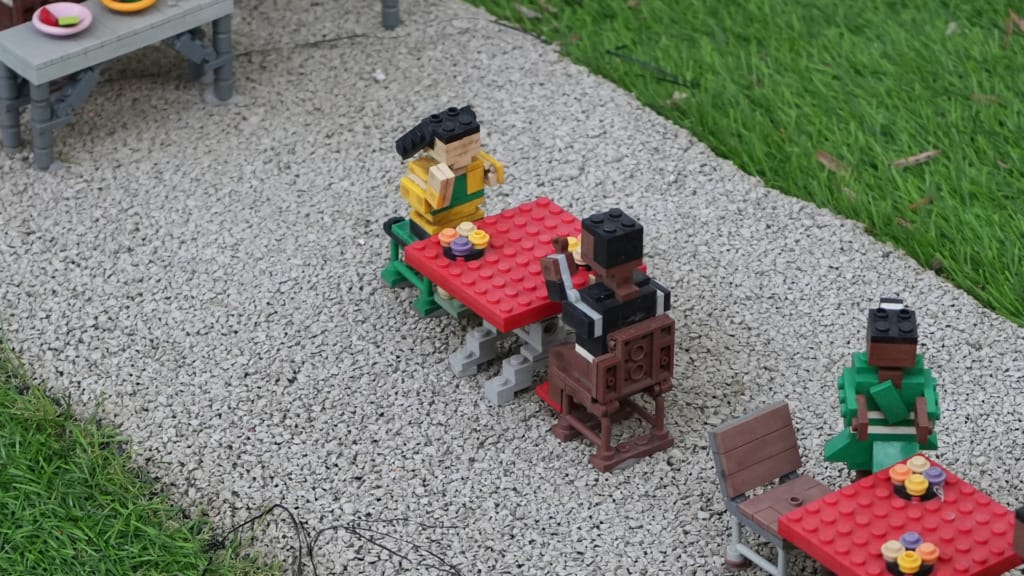
The AI autofocus easily locks onto small subjects like miniature characters seated at tables or performing on stage. Even in a dimly lit performance room, the camera managed to maintain contrast and clarity without noticeable grain, highlighting the strength of its low-light performance and noise suppression. The fine details in these scenes, from the texture of the fake gravel paths to the individual plastic flower petals, are captured with remarkable fidelity, showcasing the sensor’s resolution and dynamic range.

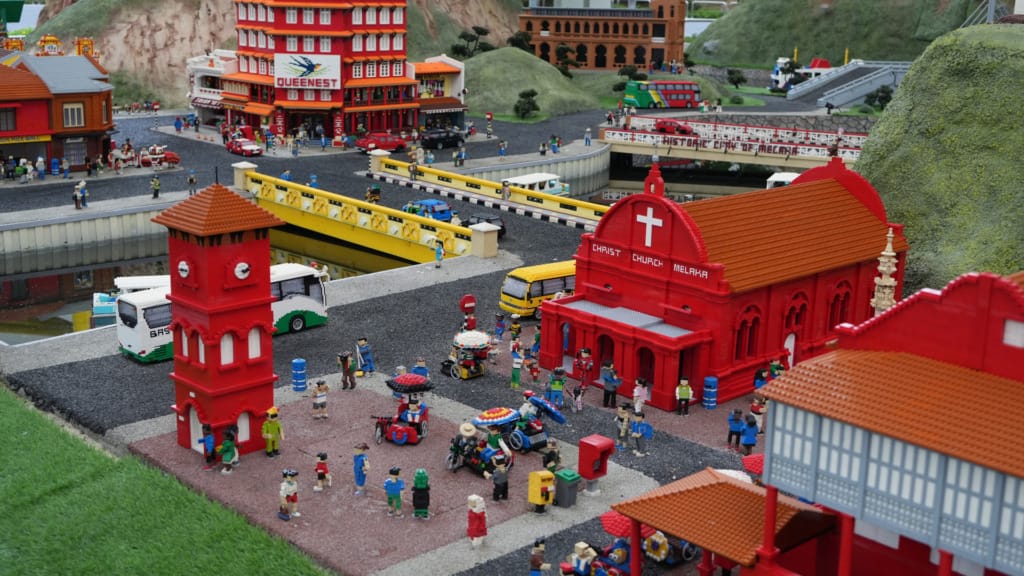
In scenes such as the LEGO replica of Myanmar’s Karaweik Palace, the α7C II confidently handled the saturated yellows, reds, and greens. These strong, primary colours often challenge sensors, especially under harsh daylight. Yet the image maintained balance without oversaturation or colour bleeding. Similarly, in the wide shot of the Christ Church Melaka diorama, the contrast between bright red architecture and surrounding dark pavements was well managed, with plenty of retained detail in both highlights and shadows. These are testaments to the camera’s 15-stop dynamic range, allowing it to handle complex lighting scenarios easily.
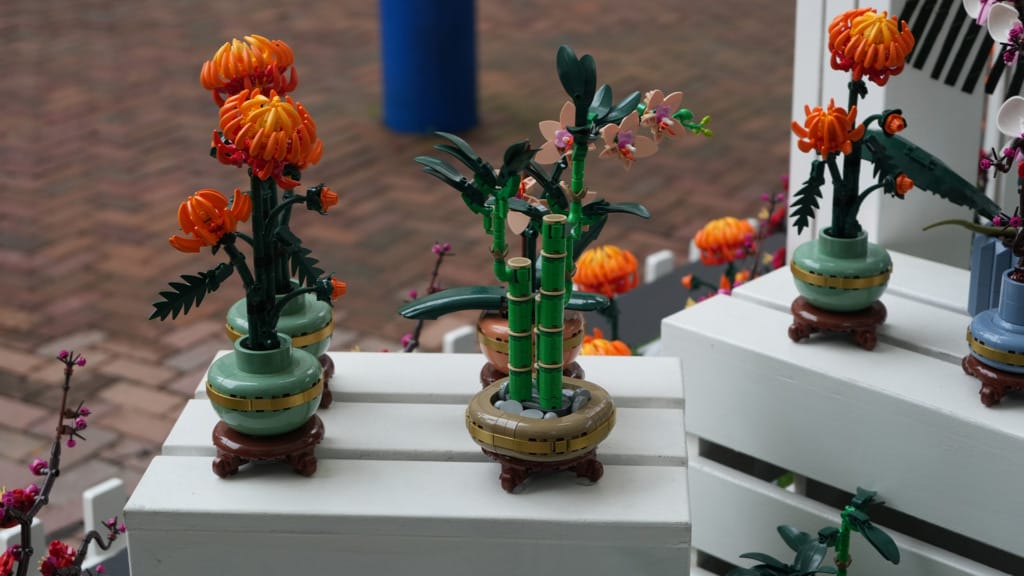
The close-up shots of the plastic floral arrangements, including orchids, chrysanthemums, and bamboo, further underscore the sensor’s resolving power. Each LEGO element, despite being small and reflective, shows crisp edges and natural tones. Bokeh, although subtle in these shots due to the subject’s nature and aperture, remains pleasing and doesn’t distract from the subject. When capturing performers on stage or fast-moving characters in live shows, the camera’s real-time tracking and continuous autofocus at up to 10fps ensure no moment is missed, even in challenging indoor lighting with shifting stage lights.
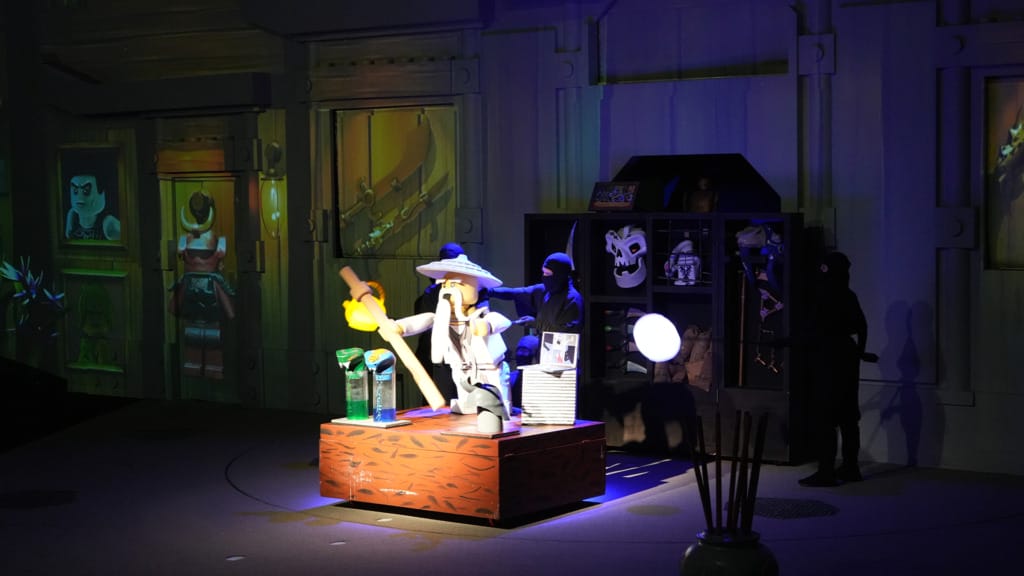
Together, these examples reveal the α7C II as a spec-heavy camera that delivers consistently strong real-world performance across environments, lighting, and subject types.
The verdict: Sony α7C II
The Sony α7C II is one of the market’s most well-rounded compact full-frame cameras. It delivers excellent image quality, advanced autofocus, and professional-level video features in a genuinely easy-to-carry daily package. That combination alone makes it an ideal choice for content creators, travellers, or anyone who wants full-frame flexibility without the bulk.
While it lacks some conveniences found in larger bodies — like dual card slots or a deeper grip — those trade-offs are easy to overlook once you start using it. The updated controls, smarter menus, and reliable connectivity features also make the experience smoother than ever, especially for those coming from older Sony systems or even smartphones.
This camera does not try to be everything to everyone. Instead, it focuses on giving hybrid shooters what they need most: portability, performance, and creative flexibility. It’s a solid evolution over the original α7C and an excellent entry point for those moving up to full-frame photography or filmmaking.
Suppose you’re after a powerful, travel-friendly camera that doesn’t compromise quality or intelligence. In that case, the α7C II makes a compelling case, and it fits neatly into your everyday gear without weighing you down.
